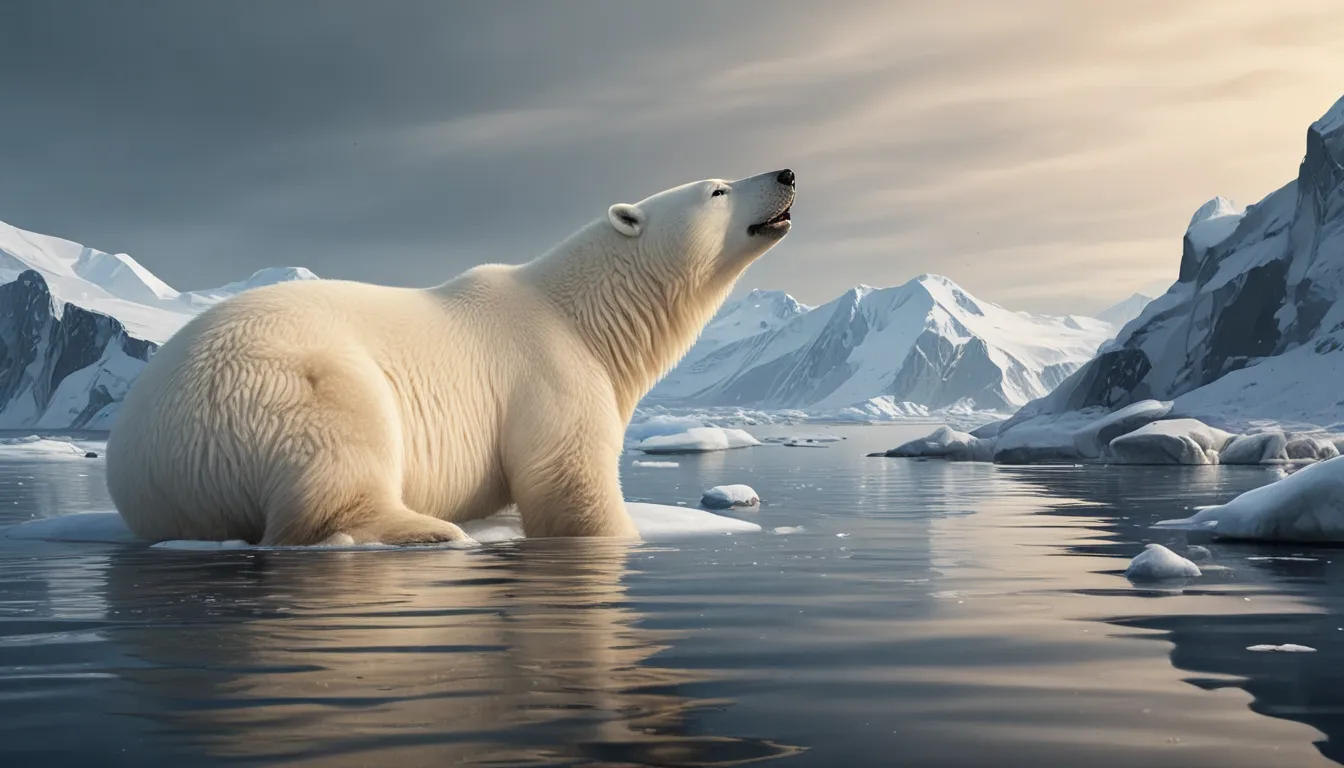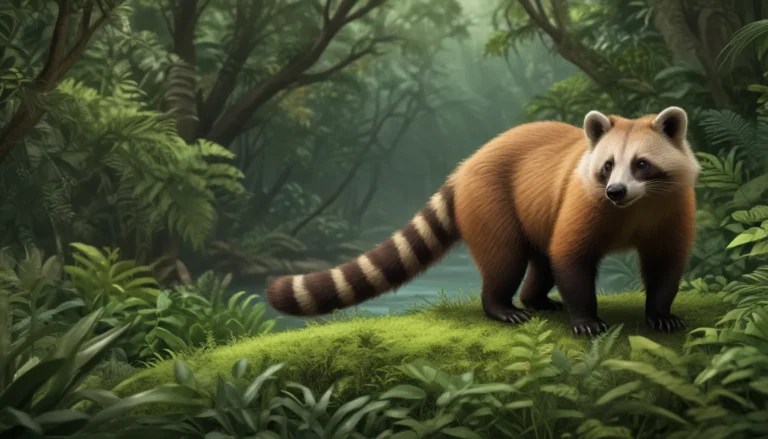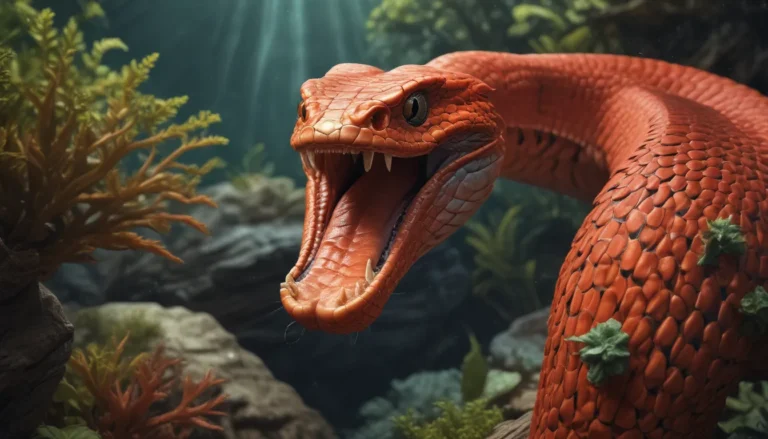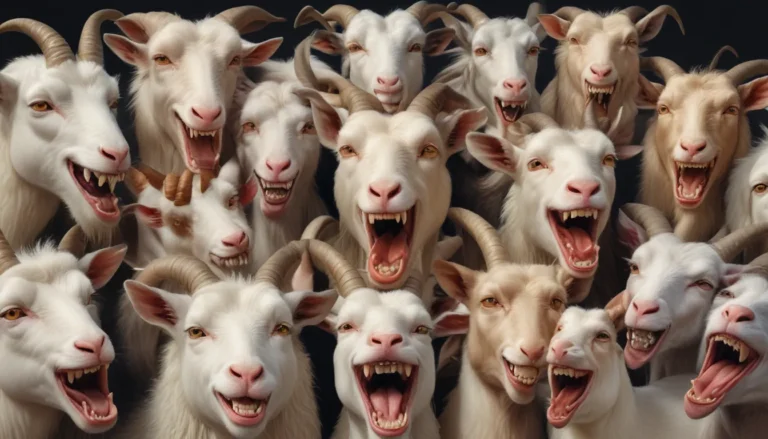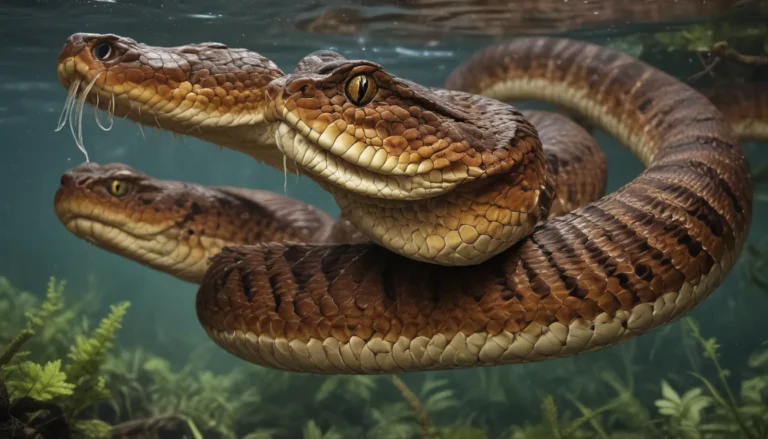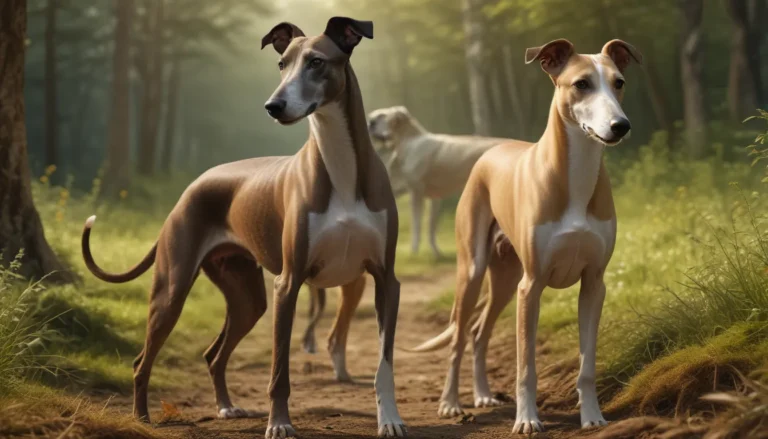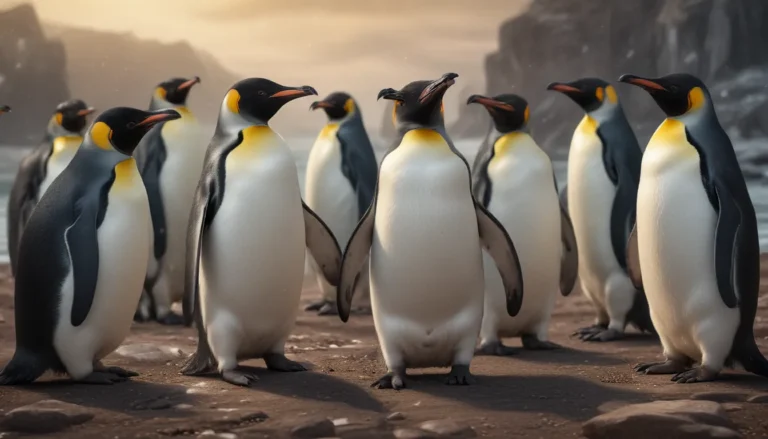The pictures we use in our articles might not show exactly what the words say. We choose these pictures to make you interested in reading more. The pictures work together with the words but don’t take their place. The words still tell you the important facts.
Have you ever wondered how Arctic animals manage to thrive in the extreme cold of their icy habitat? These incredible creatures have evolved unique adaptations that allow them not only to survive but to thrive in one of the harshest environments on Earth. From polar bears to Arctic foxes, each species has its own set of skills that make them masters of the Arctic. Join us on a virtual journey to the polar regions as we uncover 23 amazing facts about the cool (pun intended) animals that call the Arctic home.
Exploring the Arctic Habitat
Before we delve into the enchanting world of Arctic animals, let's take a moment to understand their frozen home – the Arctic. This region is characterized by frigid temperatures, ice-covered landscapes, and long periods of darkness or daylight. To survive in such harsh conditions, Arctic wildlife has developed special adaptations, from thick fur coats to behaviors that help conserve warmth.
Arctic Foxes: Masters of Camouflage
- Adaptability: Arctic foxes change color with the seasons to blend seamlessly into their surroundings. In winter, they don a white coat to match the snowy landscape, while in summer, their fur turns brown or gray to blend in with rocks and plants.
- Survival Tactics: The Arctic fox's ability to camouflage itself is essential for hunting prey and evading predators in its icy habitat.
Polar Bears: The Top Predators of the Arctic
- Impressive Size: Polar bears are the largest land carnivores, with males weighing up to 1,500 pounds. Their sheer size and strength make them formidable hunters in the Arctic.
- Heat Absorption: These majestic creatures have black skin under their white fur, which helps them absorb heat from the sun. This adaptation is crucial for staying warm in the cold Arctic environment.
Whales of the Arctic
- Lifespan: The bowhead whale holds the record for the longest lifespan of any mammal, with some individuals living over 200 years.
- Unique Feature: Narwhals, known as the "unicorns of the sea," possess a long, spiral tusk that is actually an elongated tooth. This tusk can grow up to an impressive 10 feet in length.
Seals and Their Unique Abilities
- Sensory Skills: Seals use their whiskers to detect vibrations in the water, aiding them in locating prey even in the dark depths of the Arctic waters.
- Innovative Tactics: Harp seals employ sharp claws to scratch at the ice, creating breathing holes for themselves in the frozen landscape.
Birds of the Arctic
- Impressive Migration: The Arctic tern makes the longest migration of any bird in the world, traveling from the Arctic to the Antarctic and back every year – a journey spanning approximately 71,000 kilometers.
- Daytime Hunting: Snowy owls, unlike most owl species, are diurnal, meaning they hunt during the day. This adaptation aligns with the continuous daylight of the Arctic's summer months.
Reindeer: Adapted for the Cold
- Unique Noses: Reindeer have specialized noses that warm incoming cold air before it reaches their lungs, preventing cold shock during respiration.
- Seasonal Changes: Their hooves adapt with the seasons, becoming sharper for ice cutting in winter and softer for walking on soft ground in the summer.
Survival Strategies of Arctic Animals
- Antifreeze Proteins: Many Arctic animals, including fish, produce a natural "antifreeze" protein in their blood to prevent ice crystal formation and cell damage.
- Speedy Escape: The Arctic hare is capable of running up to 60 kilometers per hour, a crucial skill for evading predators in an environment with limited hiding spots.
The Vital Role of Arctic Animals in Ecosystems
- Indicator Species: Arctic animals are essential in indicating the health of their ecosystems. Changes in their populations can signal shifts in the delicate balance of the Arctic.
- Impact of Climate Change: Climate change poses a significant threat to Arctic wildlife by altering their habitats and food sources. Global efforts to reduce greenhouse gas emissions are crucial in protecting these animals.
The Magic of the Aurora and its Influence
- Natural Beauty: The aurora borealis, or northern lights, provide a stunning backdrop for the nocturnal creatures of the Arctic, enhancing the enchanting aura of the icy wilderness.
- Rare Experience: Witnessing Arctic wildlife under the shimmering aurora is a rare and awe-inspiring experience that brings to light the beauty and vulnerability of life in the far north.
Conservation Initiatives for Arctic Wildlife
- Protection Programs: Conservation efforts focus on safeguarding endangered species like polar bears and walruses through habitat preservation and reducing human impact.
- International Cooperation: International agreements such as the Agreement on the Conservation of Polar Bears aim to coordinate conservation efforts across nations for the survival of Arctic animals.
Securing the Future of the Arctic
- Challenges Ahead: With ice melting at alarming rates, the future of the Arctic and its inhabitants is at stake. Immediate action is necessary to preserve this unique ecosystem and its diverse wildlife.
- Sustainable Practices: Sustainable tourism and responsible resource extraction are critical in minimizing human impact on the Arctic environment and its inhabitants.
- Technological Advances: Advancements in technology offer new opportunities to monitor and study Arctic wildlife, providing valuable data for conservation strategies.
- Global Responsibility: Protecting Arctic animals is intertwined with the health of our planet. Safeguarding them means securing the future for upcoming generations.
Embracing the Marvels of Arctic Wildlife
Arctic animals, with their extraordinary adaptations and behaviors, showcase nature's resilience and creativity. From the iconic polar bear to the resourceful Arctic fox and the hardy reindeer, each species contributes uniquely to the intricate Arctic ecosystem. As climate change poses growing threats to their habitats, understanding and valuing these remarkable Arctic animals becomes increasingly crucial. Let's carry forward the wonder and reverence they inspire, pledging to safeguard these incredible species and their home for generations to come.
Conclusion
Arctic animals are a testament to the wonders of nature, with their ability to thrive in unforgiving environments through remarkable adaptations and behaviors. As we witness the challenges these creatures face due to climate change, our commitment to protecting them grows stronger. By cherishing and respecting the diverse life in the Arctic, we uphold our responsibility to preserve the planet's delicate ecosystems for future generations. Let's join hands in advocating for the conservation of Arctic wildlife and ensuring a sustainable future for these extraordinary creatures.
